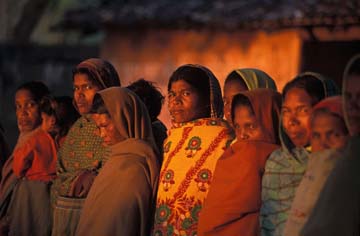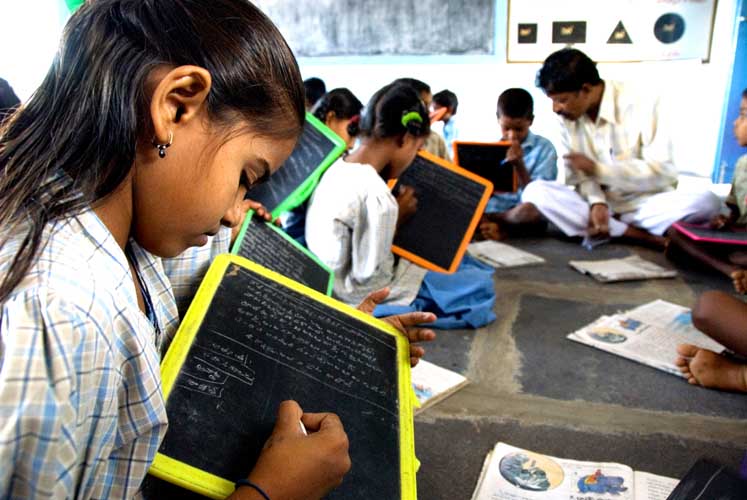India is one the most populous country in the world. With a population over 1.27 billion, it is the second most populous country in the world. Just to give a perspective, India’s population is more than one-sixth of the whole population of the world. India has around 17.5% of the world’s total population.
With such a huge population, there are problems or issues which are bound to happen. From poverty to ecological imbalance, to wealth imbalance and health issues, there is a plethora of problems which abound India. There are also social issues, which have tarnished the image of the country. Certain issues perhaps more than other; a country which boasts of 74.4% of its population literate, certainly has disappointing figures when it comes to gender equality, especially against women. It is not only the rural women who face inequality, women who live and work in the metro cities, also face issues of gender inequality. In rural India, women face a different kind of gender inequality, whereas, in urban India, gender inequality is done on a different level.
In rural areas, a girl starts facing severe gender discrimination at a very young age. They start facing discrimination at the primary school level itself. As it is the number of girls enrolled in a primary school is very low, on top of that majority of the girls who have been enrolled in schools, are forced to quit their studies. There are many reasons for this, the primary reason being that parents feel that a girl will be better off if she learns to do household work rather than study.
Whereas, in the urban environment women face gender inequality of a very different kind. Most of the gender discrimination takes place in the office. It is a known fact, that still in today’s world there are companies, which do gender discrimination. There is a huge disparity when it comes to wages. A number of women urban India face a lot of inequalities when it comes to wages. If a woman is on the same post as a man, there is a high possibility that she will be paid less than her counterpart. This is especially seen in the case of women who are not married. There are a number of reasons why a woman might face gender inequality in urban areas. If you think from the perspective of an employer, he might see a woman as a temporary employee, especially the ones who are not married. Employers tend to think that if a woman is not married, she might get married someday, hence he might not invest money on her that much, which leads to women drawing a lesser salary than men.
Another reason for income disparity is the social circumstances which can be seen both in rural, as well as urban areas. Men and women offer their services to someone in a very different manner; reason being, that both have socially defined roles. Boys, since they time they are growing up, are trained/made to think that when they grow up they will be bread earners of the family while on the other hand girls are taught to believe that they will be homemakers, hence, they are brought up in such a manner. In urban areas, the emphasis might be given to their education, but when it comes to work, educated girls usually don’t work after they get married. Whereas, in a rural environment many girls are not allowed to even complete their education.
Although, in the recent years there has been an increased level of participation by women in labour force, however, these increased participations amount to nothing till the time the nature of their work is supported by equal pay and job security.









